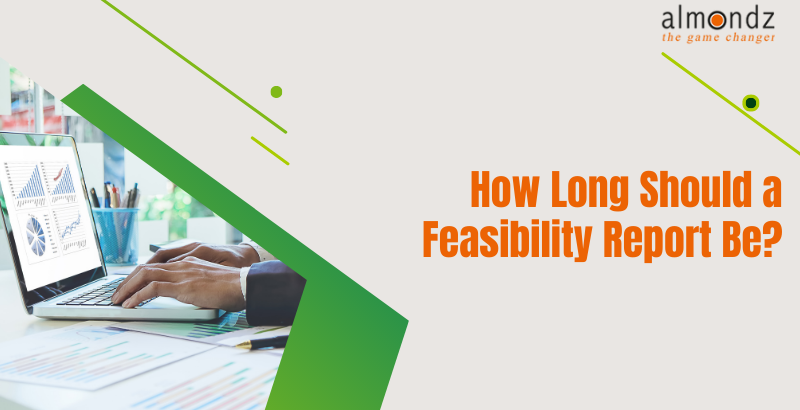How Long Should a Feasibility Report Be?

Before delving into the specifics, let's first understand a feasibility report and its significance. A feasibility report assesses the practicality, profitability, and potential risks associated with a proposed project. It is a critical tool for decision-makers, providing valuable information to determine whether to proceed with a project or explore alternative options.
Purpose of a Feasibility Report
The primary purpose of a feasibility report is to provide a comprehensive analysis of a project's viability. It helps stakeholders evaluate the project's potential benefits, risks, and challenges. The report outlines the proposed project's economic, technical, operational, and legal aspects, enabling decision-makers to make informed choices.
Critical Components of a Feasibility Report
Executive Summary
The executive summary concisely summarizes the entire report, highlighting the key findings, recommendations, and conclusions. It should capture the reader's attention and provide a snapshot of the project's feasibility.
Introduction and Background
This section introduces the project, its objectives, and the context in which it will operate. It provides essential background information to help readers understand the project's scope and purpose.
Market Analysis
The market analysis section examines the target market, including its size, growth potential, and competitive landscape. It analyzes customer needs, market trends, and potential demand for the project's products or services.
Technical Feasibility
This section assesses the technical requirements and feasibility of the project. It explores the necessary infrastructure, technology, and resources to effectively implement and support the project.
Financial Analysis
The financial analysis section examines the project's financial feasibility. It includes a detailed evaluation of costs, revenues, cash flow projections, return on investment, and potential risks.
Risk Assessment
The risk assessment section identifies and evaluates potential risks and challenges associated with the project. It includes a comprehensive analysis of internal and external factors that could impact the project's success.
Conclusion and Recommendations
In the conclusion section, the report summarizes the key findings, conclusions, and recommendations derived from the analysis. It provides a clear direction for decision-makers based on the report's assessment. Visit Our Website for Business Consulting Services.
Determining the Ideal Length
The ideal length of a feasibility report can vary depending on several factors. While no fixed rule exists, a feasibility report typically ranges from 20 to 50 pages. However, it's essential to focus on quality rather than quantity. The report should provide comprehensive information without overwhelming the reader.
Factors to Consider
When determining the length of a feasibility report, consider the following factors:
Complexity of the Project
More complex projects may require more detailed analysis, leading to a more extended report. The report should cover all relevant aspects and thoroughly evaluate potential challenges and risks.
Audience and Decision-Makers
Consider the needs and preferences of the intended audience and decision-makers. Tailor the report to their expertise and familiarity with the subject matter—present information clearly and concisely, avoiding unnecessary jargon or technical details.
Scope and Scale of the Project
The scope and scale of the project can influence the length of the feasibility report. Larger projects with significant impact may require more in-depth analysis and documentation.
Available Resources and Time Constraints
Consider the available resources and time constraints when preparing the report. Ensure the report's length aligns with the allocated resources and time frame.
Conclusion
In conclusion, the length of a feasibility report should be determined by its ability to provide comprehensive insights and analysis without overwhelming the reader. Consider the project's complexity, audience needs, and available resources when deciding on the report's length. Structure the report effectively using appropriate headings, and adopt a conversational writing style to engage the reader.
